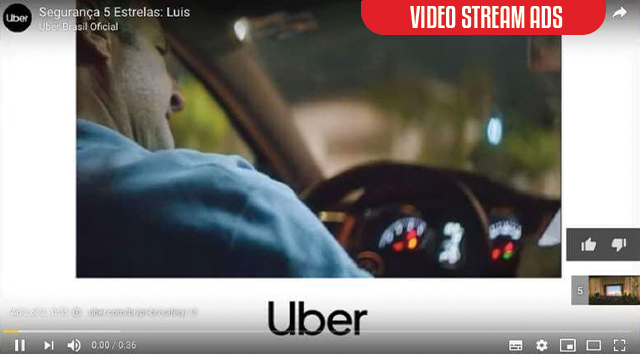Introduction
Paid advertising is a fast-growing industry. For example, marketers spent $232.2 billion on paid advertising in 2019 and are expected to spend around $335.5 billion in 2022. This article will take you through everything you need to know about paid advertising in 2022.
What are Paid Ads?
Paid ads are a form of online advertising, which means they’re a way to get your business in front of potential customers. They’re also a way to get your business in front of people who are already looking for the kind of product or service you provide, which means you won’t have to spend time and money convincing them that what you have is worth buying.
Paid ads fall into two basic categories: paid search (which includes Google AdWords) and display ads (often seen on social media feeds).
Paid ads fall into two basic categories:
- Push – Display Ads, Social Media Ads (interest-based targeting), Brand Awareness
- Pull – Search Ads, Remarketing Ads)
How do paid ads work?
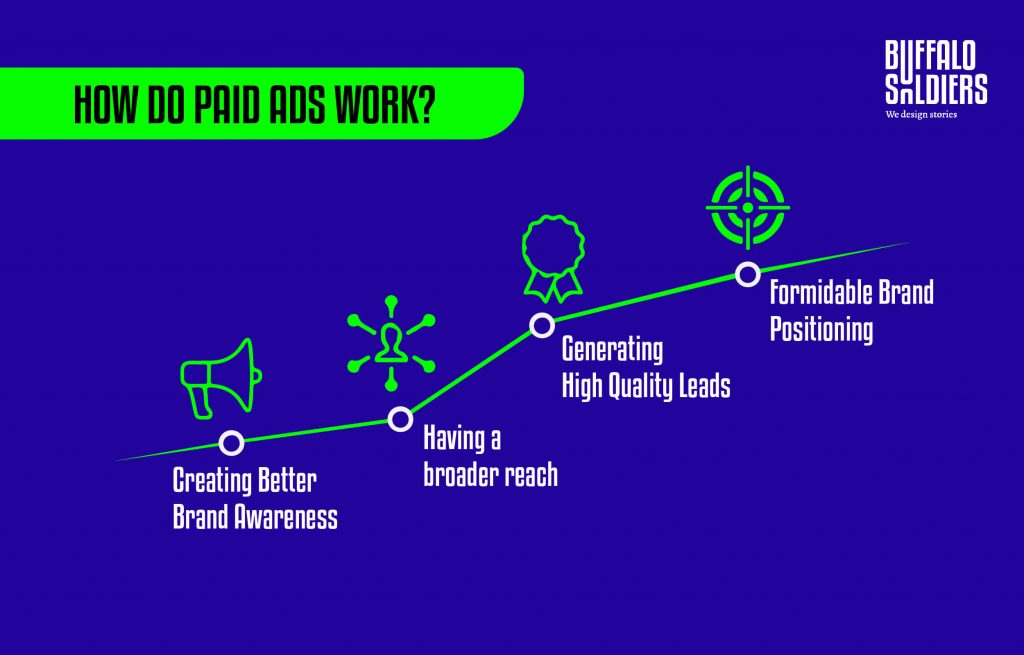
Paid ads are a great way to reach more targeted audiences. They’re effective because they show up when people are actively looking for something, rather than just during general browsing. This makes them extremely efficient at getting the word out about your product or service—and making it easier for you to convert those users into new customers.
The fact that paid ads appear when people are actively searching for something means that they don’t waste time or money trying to convince people who aren’t interested in what you have to offer (or don’t need it). This helps cut down on wasted advertising spending and helps keep costs lower overall.
Active Platforms That Utilize Server Ads
Now that you’ve got a handle on the basics, let’s talk about the different types of paid ads.
- Search Ads: These are Google AdWords, Google Shopping Network ads, or Bing Ads. They appear at the top of search results pages and related content sites when users search for keywords relevant to your business.
- Display Ads: These are banner ads that appear around articles or videos online, and they vary in size, color scheme, and location depending on what kind of user is viewing them (on mobile v/s desktop).
- Social Media Ads: Facebook, Instagram & LinkedIn all offer advertising options where businesses can target specific users based on location & interests. They follow a similar format as display but allow for more customization because they’re meant to fit seamlessly into social media feeds instead of appearing as stand-alone promotions like banners do in other places or online like news websites or blogs (or even on television).
- Email Sponsored Ads: When people sign up for newsletters from brands like ours, we often ask them if we can send them offers through email (which are just another type of ad). We do this so that after signing up for something free from us once–like our newsletter!–our company will continue reaching out with new offers each time one becomes available again later down the road.
Also Read: Performance Marketing Guide: How it Works, Channels, and Benefits
Search Ads
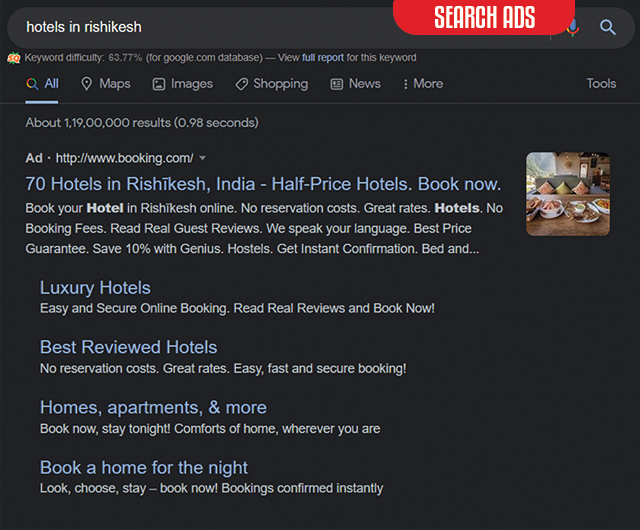
Search ads are the words and phrases that appear on a search results page (SERP), whether you’re using Google, Youtube, Bing, or Yahoo. They’re also known as text ads (except for YouTube) because they take the form of small blocks of text with a link to a website.
When people use search engines like Google to find products or services online, they often see search ads before their results. The images and headlines for these ads may catch your eye and make you curious about them. Some people will click the ad itself to learn more about what it offers—and some will even take action right then by visiting the advertiser’s website or making a purchase!
According to reports, search ads indicate that companies $106.5 Billion in 2019 on search advertising. By 2022, the amount is projected to grow and reach $137 Billion.
Display Ads
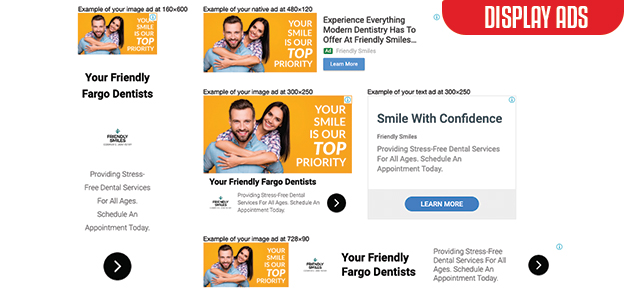
Display ads are a type of online advertising that appears on websites, in apps, and on mobile devices. Display ads can be used to direct users to a website or to promote a product, service, or brand. They are often text-based with an image or logo and some sort of call-to-action (CTA).
Display ads are bought through networks such as Google AdWords or Facebook Ads Manager because it is easier to create and manage through self-service interfaces.
Social Media Ads
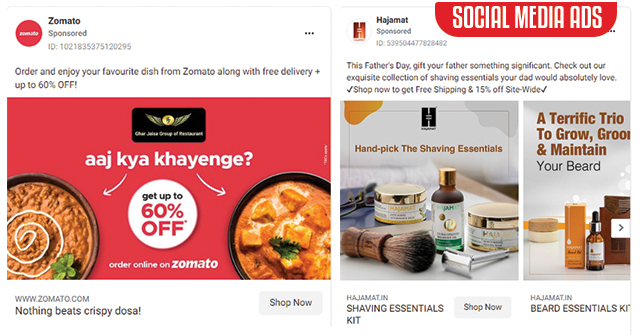
Social media ads can be used to promote, advertise, and grow your business. They are also used to generate leads, sales, and revenue. Many people think that all social media advertising is the same, but this isn’t true. There are several different types of social media ads that you can use to help grow your brand or business.
When we talk about “social media ads”, we mean those advertisements that appear on various social platforms such as Facebook, Instagram, or Twitter. These marketing tools include sponsored posts (which are paid by advertisers), native content, paid placement features such as promoted videos or pages (which appear in users’ newsfeeds) as well as influencer marketing campaigns where famous personalities promote products to their followers on social media channels like Instagram/YouTube, etc.
Email Sponsored Ads
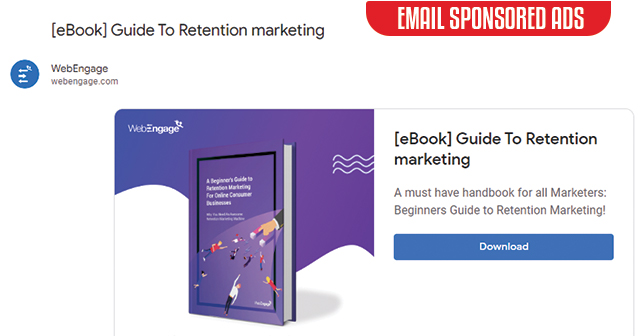
Email sponsored ads are an effective way to reach customers on a hyper-local level. They’re great for targeting B2C and B2B audiences, with the latter often being more profitable. If you run an e-commerce business with physical locations, email-sponsored ads are a must-have for your marketing strategy.

Google Shopping Ads

Google Shopping Ads are a type of paid advertising that allows you to promote your products directly to shoppers on Google. The ads appear in search results for specific keywords, in the shopping sector on the Google Search ads and are marked with a yellow shopping bag icon. You can choose which products to show, whether they’re available to ship or in-store pick up, and how much they cost.
If you have a physical store location, Google Shopping Ads make it easy for shoppers who are searching on their phones or tablets (or while they’re out shopping) to find what they need at the right price—and then get directions straight from Maps so they can go pick it up as soon as possible!
Video/Instream Ads
Video Ads are short, engaging and highly effective. They work in a variety of forms such as:
- In-stream – when the ad runs before or during a video clip that’s being watched online, on television or on a mobile device.
- Pre-roll – when it plays before you watch any content on YouTube.
- Mid-roll – it is played within a video between two scenes or breaks in an episode (you can skip this type of video but only if you want).
- Skippable in-stream ads
- Non-skippable in-stream ads
- Bumper Ads
- Outstream Ads
- Masthead Ads
Video ads are more likely to be seen, shared, and remembered than all other types of advertising formats combined because they are so engaging!
In addition, they offer better brand lift, so your company will gain more exposure as well as an increased reach by tapping into new audiences who may not know about your brand yet.
Native Ads
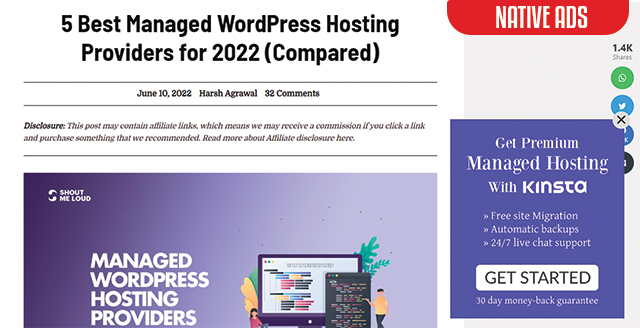
Native Ads are advertisements that blend in with the site’s content. They’re a good option for a couple of different reasons. First, they’re shown to people already looking for something on the site. Second, Native Ads are displayed based on data about your users (more on this later).
They’re also good because they can be more effective than traditional banner ads and other types of paid advertising such as Affiliate Marketing.
Remarketing/Retargeting
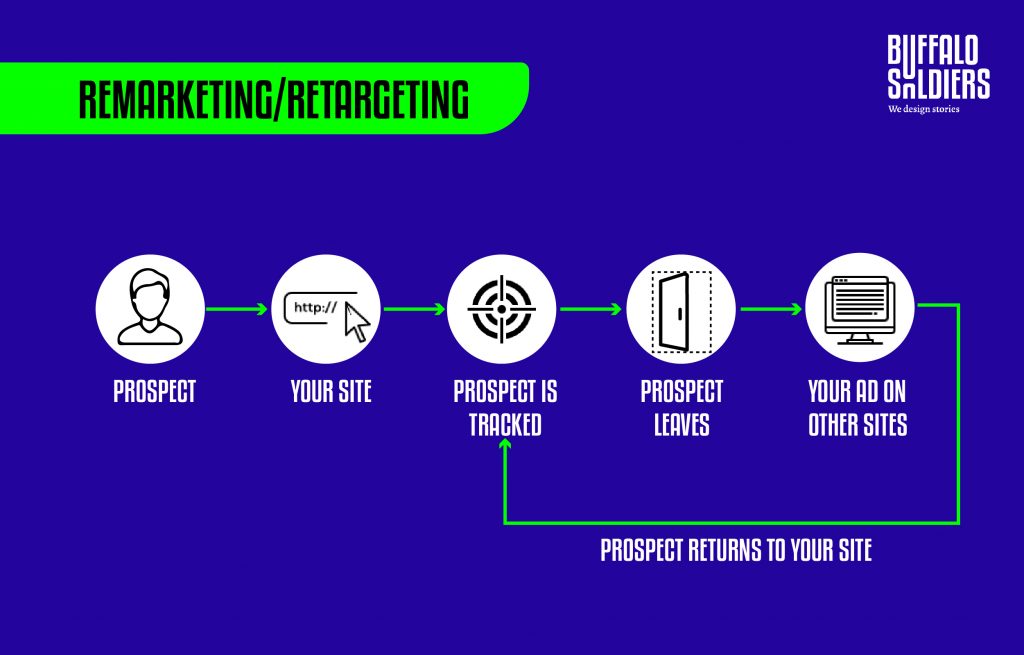
Remarketing and retargeting are two different types of paid advertising. The difference between the two depends on how far your target audience has traveled from your website or app, and what they were doing when they visited.
Remarketing is when you show ads to people who have visited your website or app, for example, on Google Search or YouTube. You can also use remarketing in Facebook’s Audience Network to show ads to those who have visited specific sections of your site or viewed certain pages or videos.
7/10 marketers choose retargeting as the option to raise brand awareness. 60% of marketers use retargeting to tighten social engagement and 50% of the total budget is spent by marketers on retargeting.
Retargeting is when you show ads to people who have visited other sites after leaving yours; that is, they’ve been exposed to an ad outside of your domain but not necessarily on one of its pages – so a video on YouTube may count as a visit (and therefore be used for retargeting).
Learn More: Retargeting Strategies That Never Fail
Benefits of Paid Ads
Now that you know what paid advertising is, it’s time to talk about how it can benefit your company. In short, paid ads are a way to reach a more targeted audience and create a more compelling story. Paid ads allow you to get more conversions, traffic, leads, and sales.
- Reach a more targeted audience: Paid ads allow you to target users by demographics (age/gender/location) or by interests (sports fanatics). By targeting people who are likely interested in your product or service, you will see higher conversion rates when they click on the ad or install your app.
- Create a more compelling story: You can use images and text to tell stories around things such as events happening at your business that consumers would be interested in attending or products they may want to buy now rather than later. It doesn’t have to be complicated; simply sharing engaging information with customers is good enough!
ROI of Paid Advertising
ROI, or Return on Investment, is the ratio of the profit you make to the amount of money you spent. The higher the ROI, the better. When it comes to paid ads and other forms of digital advertising, paid ads are far more effective than organic search results and social media posts.
Paid advertising has been around for nearly as long as there have been publications and businesses in need of an audience. It’s a centuries-old practice that has evolved along with technology and continues to do so today!
Paid ads are a great way to reach more targeted audiences
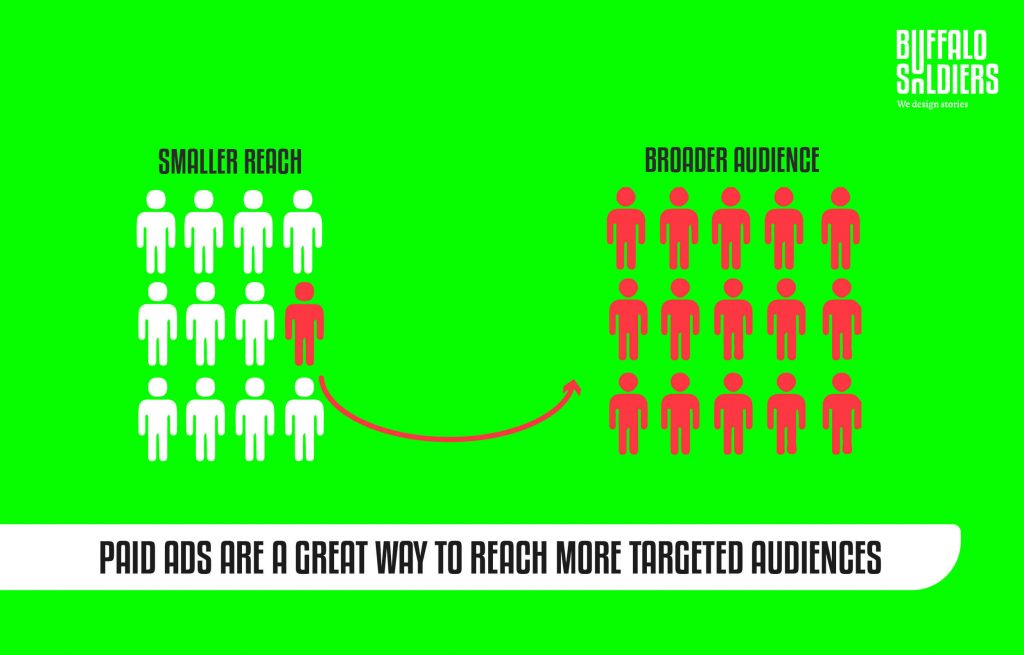
Paid ads are a great way to reach more targeted audiences. You might have heard that paid ads are expensive, and they can be—but when your goal is to reach a specific audience, there’s no better way to do it than with paid advertising.
It’s easy for us as marketers to say, “you should use paid advertising instead of organic,” but the truth is that many businesses do well with both organic posts and paid ads. If you already have an established audience with an engaged following on social media, then chances are you can benefit from both types of content promotion.
However, if you need help building up your business or starting from scratch, then it may be worth thinking about how best to invest in paid advertising campaigns while still keeping costs down by using organic channels too!
And Therefore…
Paid ads are one of the most effective ways to drive traffic to your website and generate more sales. There are a lot of benefits that come with paid advertising, such as high ROI (return on investment), highly targeted audience targeting, and the ability to quickly scale. In this article, we covered what paid ads are, how they work, and the different types of paid ads. If you’re new to the world of online marketing or planning to hire a performance marketing agency before then hopefully this post will be helpful!

